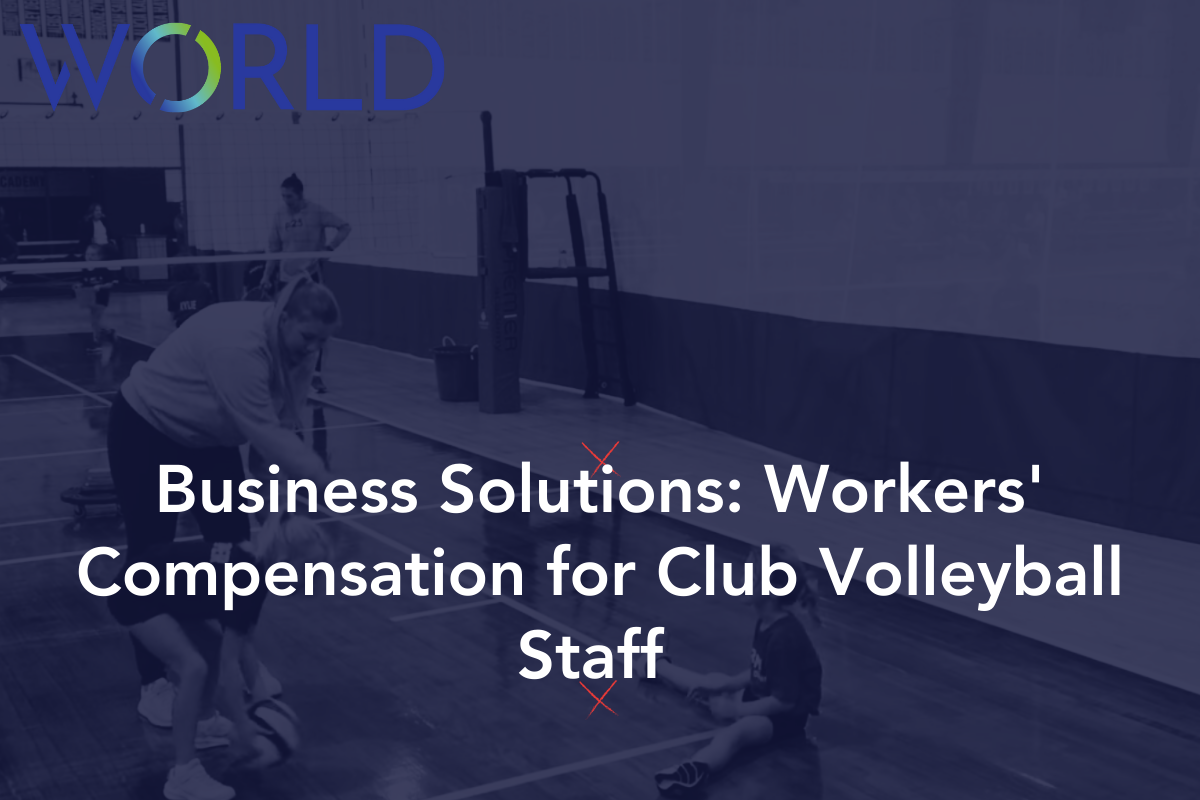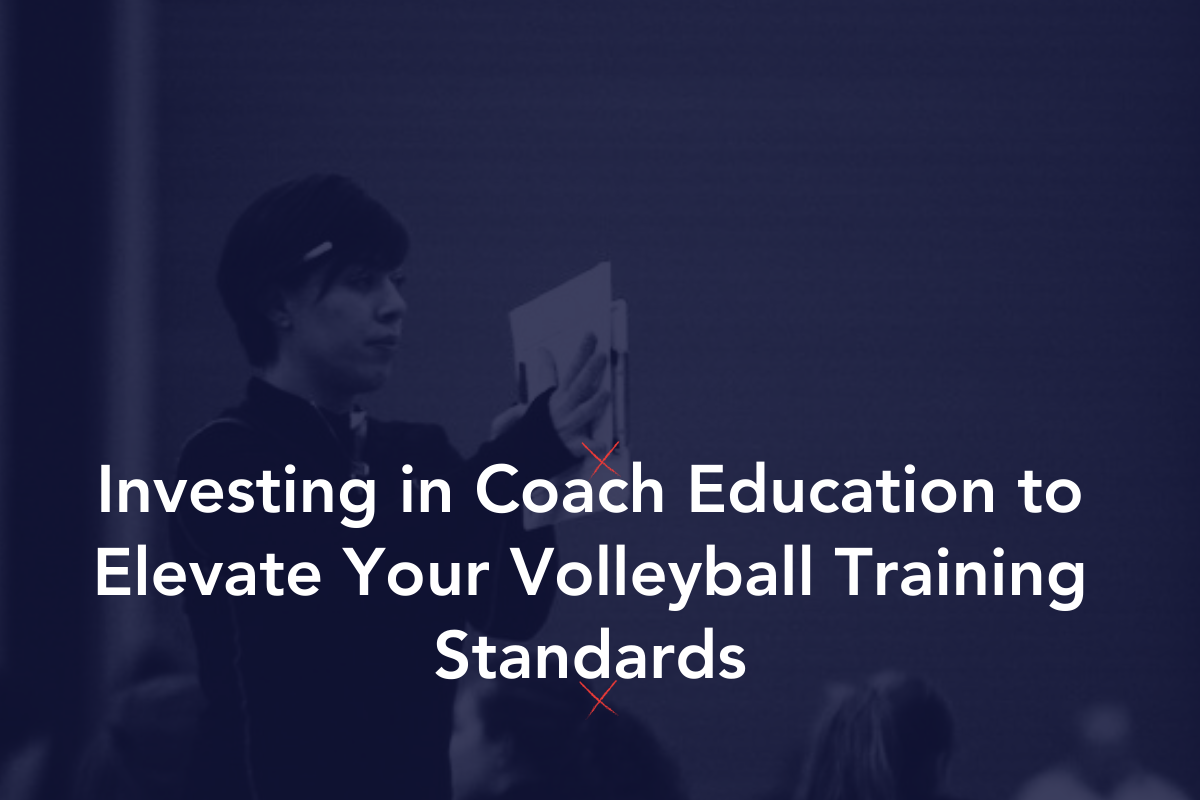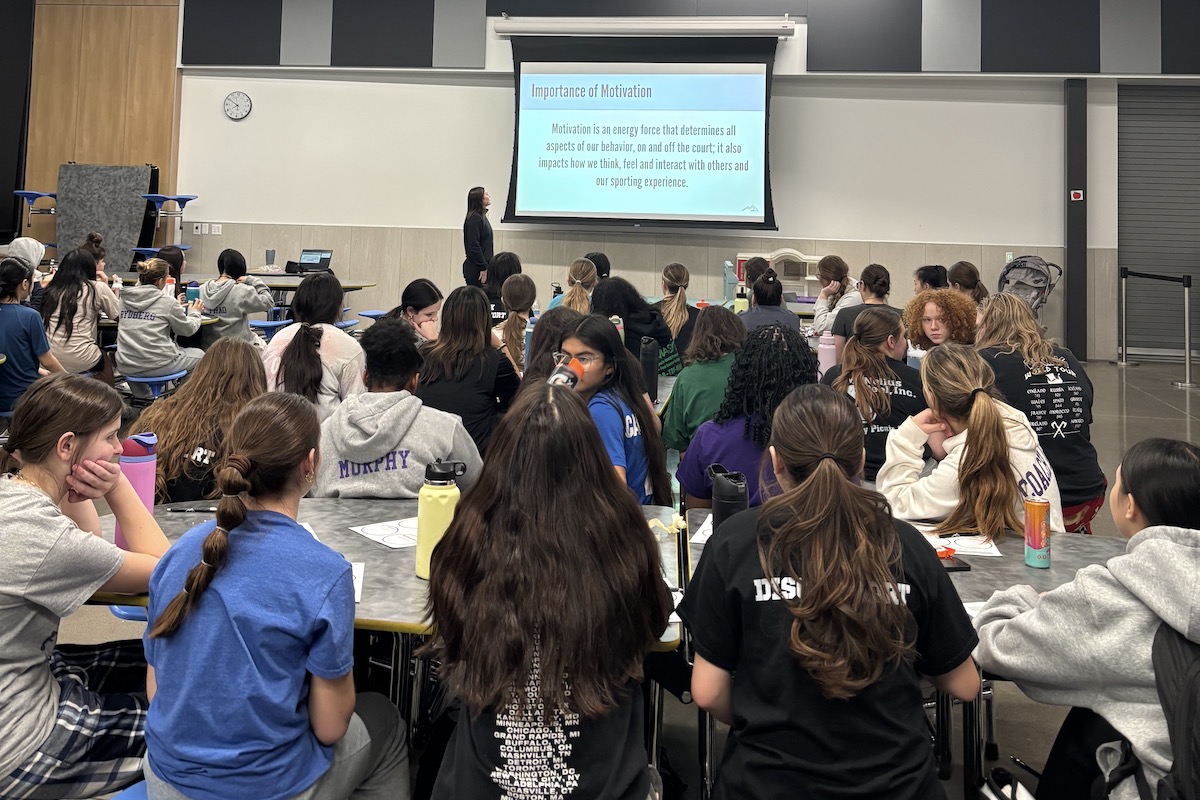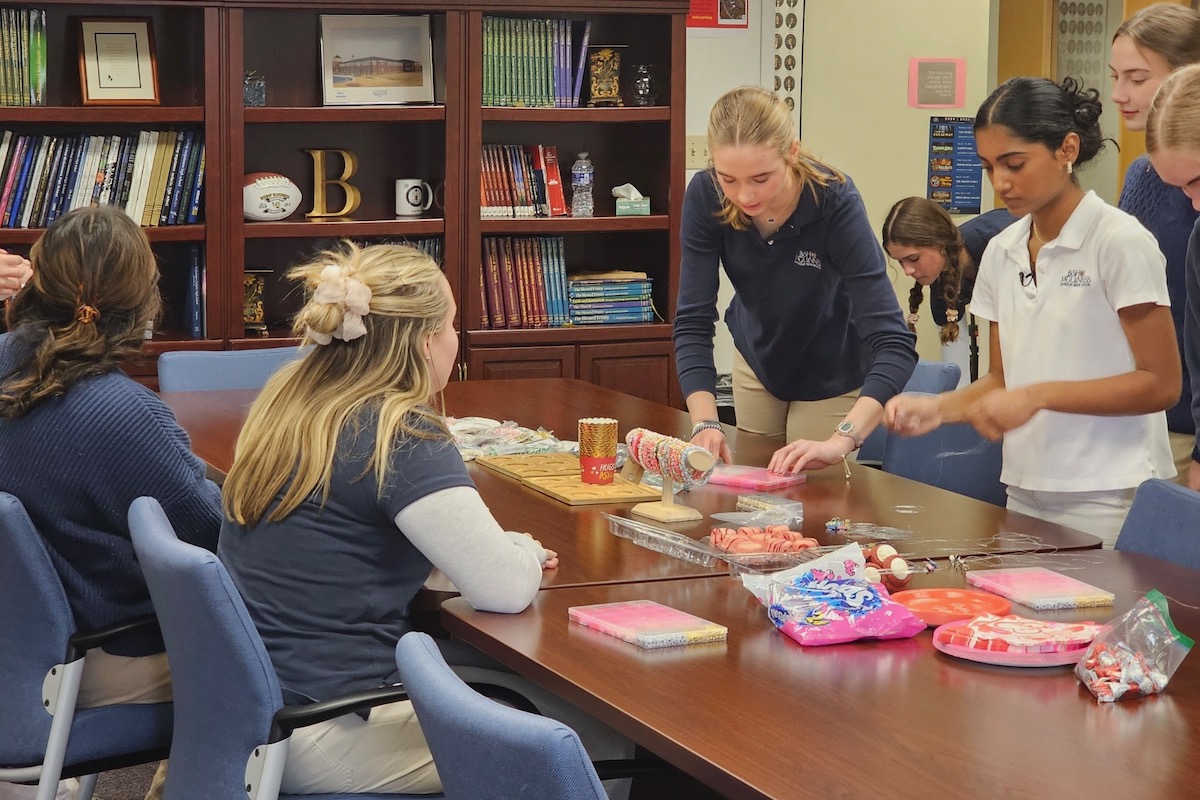The transition from high school to college can be a major adjustment. For the first time in your life, you move away from home and learn how to live on your own. It’s your sole responsibility to go to class, study for tests, eat right and do your laundry. For volleyball athletes, the jump can be even more overwhelming. To help you prepare for what’s to come, we outlined a few major differences between high school and college volleyball.
Being a college volleyball athlete can be like having two full-time jobs
In-season D1 athletes can expect to devote 75–80 hours per week to athletics and academics. Between early-morning workouts, classes, practice, team meetings, study hall and competition, the weekly schedule of an athlete is jam-packed from dawn until dusk. While it is important to branch out and befriend other students, only your teammates and other student-athletes will understand what it’s like to balance the time commitment of college sports with the duties of being a full-time student. To survive, athletes need to be passionate about their sport and develop strong time-management skills. Keep in mind that athletes who compete for D2, D3 or NAIA schools tend to have less-demanding schedules and a bit more free time.
Your college volleyball team is your family
Competing in high school or club volleyball is a great way to make new friends, but college volleyball can take team bonding to a whole new level. Athletes room together, eat together, take classes together, sit in study hall together and work out together. In many cases, volleyball athletes and coaches even spend holidays together. Your college teammates are much more than your friends—they are your family and your support system. They are the ones who make college feel like home away from home.
College practices can be more intense than high school or club games
The leap from high school to college can be massive. Athletes are taller, quicker, stronger and more skilled. Some athletes respond to the college atmosphere with nerves, while others rise to the challenge and up their level of intensity. Athletes fight tooth and nail during every practice and walk-ons grind it out for a chance to earn an athletic scholarship. Everyone on the team is there because they’ve invested a ton of time and energy into the sport. It’s all about how you respond.
Travel time for competition is much longer
Since most teams in a high school conference are within 30-45 minutes of each other, traveling to most volleyball games takes an hour or two. In college, teams in the same conference will often be beyond state lines, and 6-8 hour bus rides or a flight away. This often means missed classes and weekends away from campus. While student-athletes can use this time to get homework done and study for tests, long hours sitting on a bus can be draining. Time management and balancing school, volleyball and lifestyle becomes even more important.
Volleyball players are well-supplied with gear
How do you pick out athletes on a college campus? They often wear team jackets, sweatpants and gym shoes to every class. Many college sports teams are sponsored by athletic sportswear companies, which means athletes are constantly getting free shoes, shirts, shorts and more. Each new season means a new shipment of apparel and gear. In addition, teams that win the regular season title or conference tournament receive some added swag on top of a championship ring. It’s a nice perk!
For related education and reading on the volleyball recruiting process click HERE.
About the Author![]()
Ashlee Lawson is the VP of Event Team Operations for Next College Student Athlete (NCSA). Read more about NCSA.











